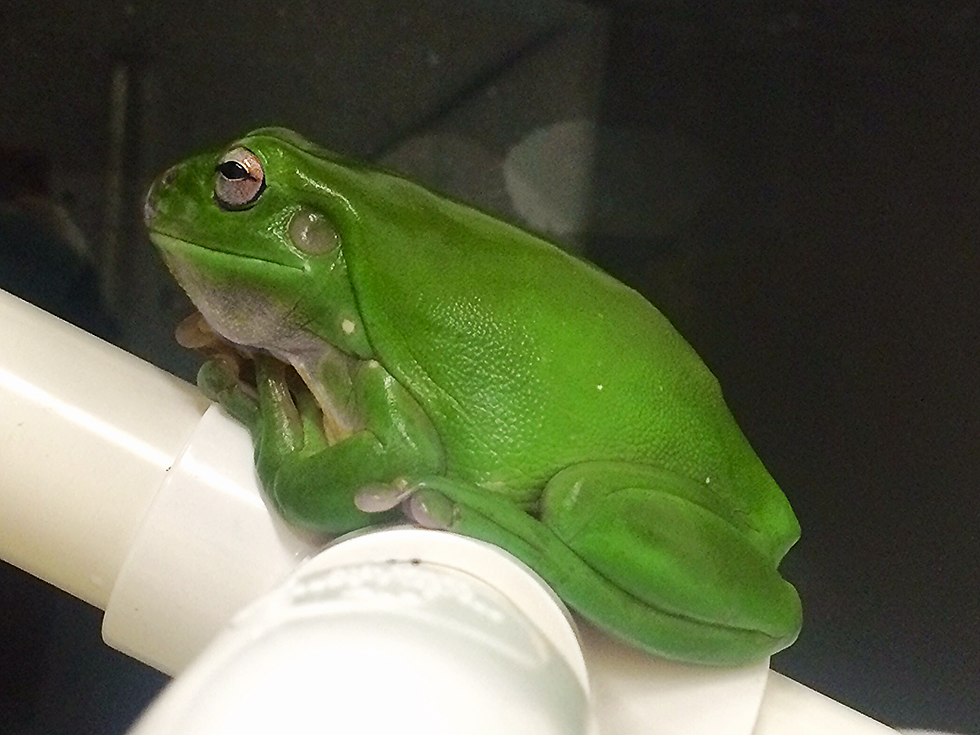The role of sloughing on the pathophysiology of chytridiomycosis
PhD project - University of Queensland, Australia
Advisors:
Prof. Craig E. Franklin & Dr. Rebecca Cramp
About:
The process of removing the superficial dead skin layer for amphibians is known as 'sloughing' and is important for the health and function of the skin. The skin of amphibians provides additional physiological functions such as exchange of respiratory gases, pH, ion and water regulation. However, the sloughing process has been to shown to alter and disrupt normal cutaneous physiological function. The role of sloughing on these changes in association with regulating the animals salt and water homeostasis has yet to be studied.
The fatal skin-based pathogen Batrachochytrium dendrobatidis (Bd), disrupts skin function. Frogs increase in their rate of sloughing to remove the fungus. However, the sloughing process also alters the skin function, specifically cutaneous ion transport. Thus, sloughing may act as a double-edged sword, whereby the process of removing the pathogen may also exasperate the effects of ion loss subjected in infected animals. The aim of this project was to understand the mechanistic basis of, and the role of sloughing in the disruption of physiological homeostasis in animals with chytridiomycosis.
Skills:
Amphibian maintenance and handling, dissection, electrophysiology, fungal culture, gel electrophoresis, histology, immunofluorescence, qPCR, radioactive isotopes, open-flow respirometry, and western blotting.
Species:
-
Green tree frog (Litoria caerulea)
-
Cane toad (Rhinella marina)
The thesis comprising this work is freely available online on:

Asian toad (Duttaphrynus melanostictus) sloughing. Image: J. Vink

Litoria caerulea. N. Wu

Rhinella marina. C Baker & N. Wu

Juvenile green tree frog (Litoria caerulea) sloughing. N.Wu

Ventral pelvic patch of a cane toad for water absorption. N. Wu
